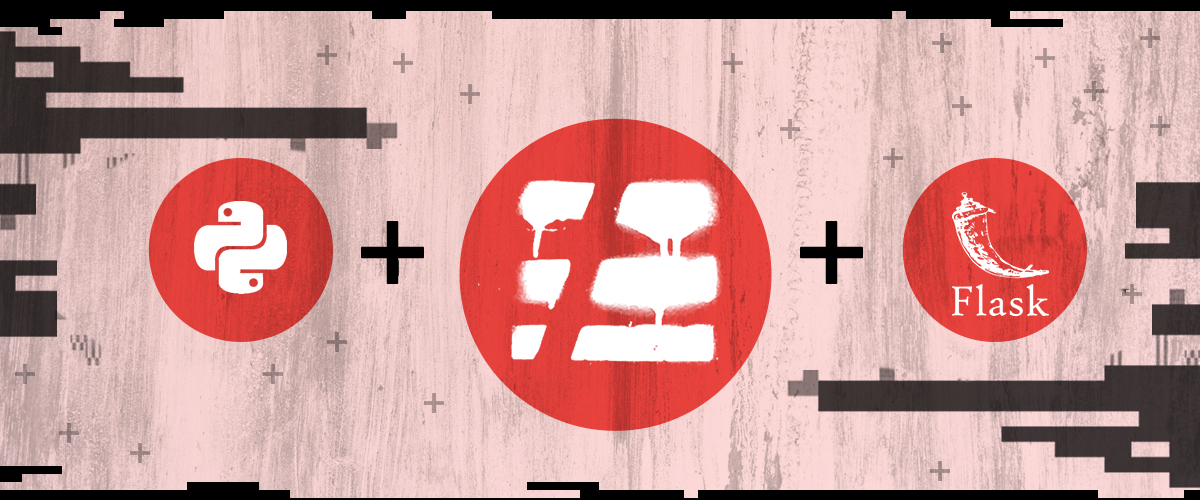In today’s digital age, data is king. And for businesses, it is crucial to have a reliable and efficient way to store and manage their data. This is where databases come in. Databases allow for organized and secure storage of data, making it easier to access and analyze. However, many businesses still have data stored in flat files, which can be a challenge when it comes to data management. In this article, we will discuss how to convert flat files to databases using Python, a popular programming language known for its versatility and ease of use.
Understanding Flat Files and Databases
Before we dive into the process of converting flat files to databases, let’s first understand what these terms mean. A flat file is a type of data storage that stores data in a plain text format, with each line representing a record and each field separated by a delimiter, such as a comma or tab. On the other hand, a database is a structured collection of data that allows for efficient storage, retrieval, and manipulation of data. Databases use a query language, such as SQL, to interact with the data.
Python File Handling
by Shubham Dhage (https://unsplash.com/@theshubhamdhage)
Python has built-in functions for file handling, making it a great tool for converting flat files to databases. The first step is to open the flat file using the open() function, which takes in the file name and the mode in which the file will be opened. The mode can be “r” for reading, “w” for writing, or “a” for appending. Once the file is opened, we can use the read() function to read the contents of the file and store it in a variable. We can then use the split() function to split the data into individual records and fields based on the delimiter.
Data Migration Process
Now that we have the data from the flat file in a structured format, we can start the data migration process. The first step is to create a database using a database management system, such as MySQL or PostgreSQL. Once the database is created, we can use Python’s mysql.connector or psycopg2 libraries to connect to the database and create a cursor object. The cursor object allows us to execute SQL queries on the database.
Next, we can use a for loop to iterate through the records and fields from the flat file and insert them into the database using the INSERT query. We can also use the try-except block to handle any errors that may occur during the data insertion process. Once all the data has been inserted, we can use the commit() function to save the changes to the database and close the cursor and database connection.
Example of inserting a record using Python’s SQLAlchemy library:
Imports
from sqlalchemy import create_engine, Column, Integer, String
from sqlalchemy.ext.declarative import declarative_base
from sqlalchemy.orm import sessionmaker
#Create a database engine
engine = create_engine('sqlite:///example.db', echo=True)
#Create a session factory
Session = sessionmaker(bind=engine)
#Create a base class for declarative models
Base = declarative_base()
#Define a model class
class Employee(Base): tablename = 'employees' id = Column(Integer, primary_key=True) name = Column(String) department = Column(String)
#Create the database tables
Base.metadata.create_all(engine)
#Create a session
session = Session()
#Create an instance of the Employee class
employee = Employee(name='John Doe', department='IT')
#Add the employee to the session
session.add(employee)
#Commit the session to save the changes to the database
session.commit()
#Close the session
session.close()In this example, we first import the necessary classes from SQLAlchemy to create an engine, session factory, and model class. We then create an engine that connects to a SQLite database named “example.db”. We create a session factory using the engine and define a base class for declarative models.
Next, we define a model class called “Employee” that represents a table in the database. The class defines three columns: “id”, “name”, and “department”. We create the database tables using the metadata of the base class.
We create a session object using the session factory and create an instance of the Employee class with the desired values. We add the employee to the session and commit the session to save the changes to the database. Finally, we close the session.
This example demonstrates how to connect to a database using SQLAlchemy, define a model class, and insert a record into the database. You can adapt this code to connect to different types of databases by changing the connection string in the create_engine function.
Benefits of Converting Flat Files to Databases
Converting flat files to databases using Python offers several benefits. First, it allows for easier data management, as databases offer more advanced features such as indexing and querying. It also allows for better data organization and security, as databases can be password protected and have user permissions set. Additionally, using Python for the conversion process is cost-effective and efficient, as it eliminates the need for manual data entry and reduces the risk of human error.
In conclusion, converting flat files to databases using Python is a simple and effective way to improve data management for businesses. With its powerful file handling and database connectivity capabilities, Python offers a seamless data migration process. So, if you have data stored in flat files, consider using Python to convert it to a database and reap the benefits of efficient data management. Have you tried this process before? Let us know in the comments.
Using Python to call the AmetricX API
Get you API key
Verify the endpoint
Example: Get metrics list
import requests
url = "https://trial.ametricx.com/api/v1/metrics"
payload = {}
headers = {
'Accept': 'application/json',
'Authorization': 'Bearer <YOUR API KEY>'
}
response = requests.request("GET", url, headers=headers, data=payload)
print(response.text)Response
{
"metrics_list": [
{
"created_at": "2023-11-01T20:23:33+0000",
"decimal_precision": null,
"entitlement": "rw",
"last_upload": null,
"metric_description": "Some description is required ",
"metric_granularity": "minute",
"metric_name": "0230523056_throughput",
},
{
"created_at": "2023-11-04T14:54:01+0000",
"decimal_precision": null,
"entitlement": "rw",
"last_upload": null,
"metric_description": "On transit quantity for SKU003954281 category yarn",
"metric_granularity": "minute",
"metric_name": "yarn:003954281:ontransit",
},
]
}









